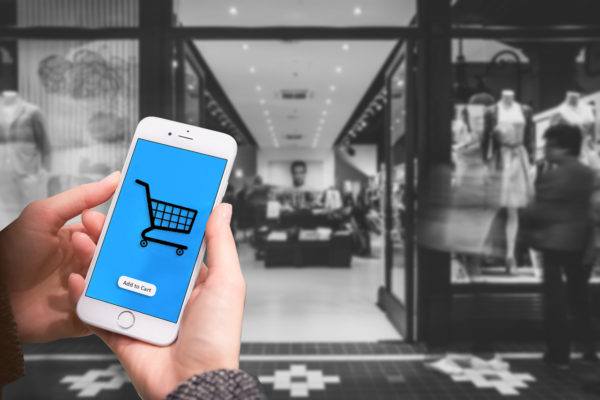Technology has been advancing rapidly in the last few decades, and our lives have been forever changed because of that. Electronic devices that were merely a dream years ago are now an irreplaceable part of our daily routine. We use them for many different purposes, from serious to fun ones. Of course, that means we also often store vital information on them, which can pose a risk to their security. Additionally, to look at it from another perspective, the fact that we spend lots of time online means that we come in contact with lots of information, and not all of it is trustworthy. In this article, we will talk about how to prevent sophisticated phishing attacks?
It’s a constantly evolving threat
Scams of all sorts are being performed daily, with people losing their money, having their identity stolen and used for nefarious purposes such as someone taking a loan in their name, and more. One might think they can be safe if they educate themselves on common scams and phishing techniques.
While they are correct (and, of course, it is something everyone should do), the problem is that the cybercriminals are evolving, finding new ways to pass unnoticed by the anti-virus programs and similar security software, or, of course, new ways to trick people into believing them, most often by using social engineering.
The tactic that cybercriminals have adopted for most common use seems to be phishing. Most often, they seem to be imitating real-life big brands, such as Amazon, Microsoft, Zoom, or Apple (on that note – you know those Viber messages you get forwarded sometimes that say Adidas or another company is celebrating a birthday and giving thousands of free shirts or sneakers if you share the message with other people and click the link? Yup, those are a scam too, and the link will probably be full of viruses). They intend to hide behind a famous brand and seem real, so they can quickly harvest people’s credentials.
The statistics show that phishing attacks have increased in frequency by over 600% during just one month since the Covid-19 pandemic started. It makes sense, as the pandemic has caused many people to start working from home and use their electronic devices for their work, even if they have not used them at all before for that purpose. That hides two significant risks – people might not know how to adequately protect their personal or professional data, and their devices might not be as protected as the ones in their workplaces.
Additionally, due to restrictions caused by the pandemic, people who stay at home often spend more time online, so that means there is more chance for them to be there, to say it that way, for cybercriminals to attack.
The fact is that cybercriminals learn from their mistakes, and they can be very creative when it comes to the way they are doing things. For example, they might change random little details in their phishing emails, such as subject, domain, template, etc., which will make it harder for the defense mechanisms to recognize them as suspicious.
Additionally, they often send only a few emails to stay under the radar. A big company, they do not need to obtain everyone’s information at once. If they have one’s person’s data, they can use that to slowly target others in an attempt to get their credentials too.
Phishing attacks as-a-service
Another method that criminals use is called Phishing-as-a-service (PaaS). Just like you would pay a monthly subscription for Netflix or Spotify, people pay to have access to phishing kits. And they are not even costly, considering how much damage they can do – between $50 and $80. This means that anyone, and not just hackers and other ‘professional’ cybercriminals, attempts to scam people or steal their credentials and passwords. These phishing kits also often use creative ways to hide from the phishing detection systems, making them harder to fight against.
Of course, this does not mean that everything is lost, and we are all going to get scammed out of all of our possessions one day. No matter how hard criminals try to improve and evolve, most phishing emails are straightforward to recognize once you know what to look for.
So, as mentioned already, the best way to protect yourself or your company is to thoroughly educate yourself (and everyone else) on all things related to cybersecurity, including phishing, and then to keep up to date with any discoveries in the field. Additionally, it is always an excellent idea to use two-factor authentication (2FA) everywhere where it is supported. You can also have simulated phishing campaigns with your colleagues to practice what you would do in an actual situation.
Another thing to pay attention to is if there are any typos in the domain name of the websites you wish to access. Talking about typos, they can also be a dead giveaway of a phishing or scammy email. No self-respecting company will send an email that sounds like a first-grader wrote it.
Just like you always lock the door when leaving your home, you should always take precautions to prevent being a victim of a cybercriminal. Luckily, many software and programs can help you do that, and there are also many resources on the internet that can help you learn more about that. To put it simply – stay vigilant!
We keep you protected, wherever you’re connected; https://watchdog.dev



